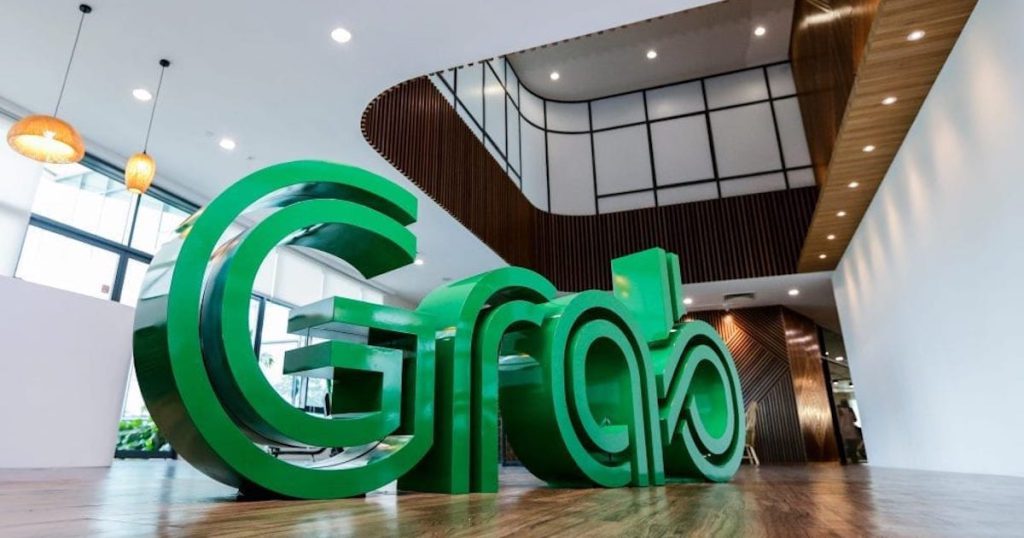Singapore ride-hailing giant Grab hasn’t fared well since its IPO in December, with the stock losing half of its value in a little over a month.
That said, much of the decline could be explained by the capital flight on news of tighter monetary policy of the Fed coming in 2022, as inflation bites global economy. As a result, most NASDAQ companies suffered significant losses in their stock value from their 2021 record highs.
This time, however, it’s a bit different.
Grab was battered yesterday (March 3), losing as much as 40 per cent during trading hours, dropping from US$5.23 per share to as little as US$3.13 (its December IPO price was US$11) after the company reported a massive US$1.1 billion (S$1.5 billion) loss in Q4, more than half of which was driven by the costs related to the IPO itself.

The company has also boosted incentive spending to attract drivers ahead of the post-pandemic recovery period, but despite economic thawing, its Q4 revenue has actually dropped by 44 per cent year-on-year.
Over 2021, the company bled a massive US$3.55 billion (S$4.82 billion) in losses, or 30 per cent more than the year before — with about half of that figure burned on various incentives that are simply not sustainable in the long run:

This is the single worst day in Grab’s brief history that may shake trust in the company going forward, particularly with economic headwinds due to the war in Ukraine gaining steam, pushing capital to seek safer havens in the nearest future.
Is turnaround possible?
While the situation may look quite bleak, Grab is not without core strengths that it has always had.
Overall activity on the platform has actually increased. GMV was up 26 per cent in Q4, and 29 per cent for the full year. Annual revenue increased by 44 per cent (despite taking the 44 per cent hit in the last quarter, as mentioned above). IPO-related expenses were major but a one-off hit, so they won’t weigh the company down going forward.
There’s also no question that Southeast Asia’s leading ride-hailing and delivery app has taken a hit due to ongoing Omicron outbreaks which disrupted many markets in the past few months.
That said, there is a considerable distance that Grab is ahead of its competitors, particularly in its core services, what puts it in the best position to survive the already waning pandemic.

Meanwhile, the diversification of services — including its growing digital finance offerings — gives people more options, helping user retention and spending on the platform.

In other words, looking at the business model going forward — assuming post-pandemic normalisation and a strong bounce-back of mobility services — Grab should see an eventual return to form, reduction of losses and prospects of finally turning a profit sometime beyond 2022.
However, it is clearly not out of the woods yet (far from it, in fact) and doesn’t enjoy a situation as comfortable as fellow flagship Singapore company Sea Ltd., which subsidises growth of its e-commerce platform Shopee. It simply bleeds money too profusely.
The IPO yielded US$4.5 billion in additional funds for Grab, but seeing how high its losses are every year, the runway for it to finally take off is very short before it needs another massive capital injection — which may be in as little as two or three years — particularly if Covid-19 continues to bite (even if less severely).
The question right now is not really whether Grab can eventually turn a profit (any business with a user base and market dominance this big should be able to monetise at some point), but whether it is going to have enough time to achieve it, before it needs to seek another round of financing.
And should it happen, it could be at a much, much lower valuation (at least as of now) as it is now set by the stock market.
Looks like this year may be spent seeking financial optimisation, because what Grab needs to buy itself right now is time.
Shop and support the best homegrown brands on VP Label now:
Featured Image Credit: PYMNTS











